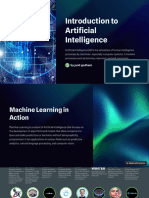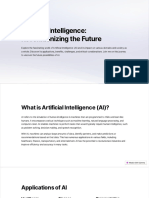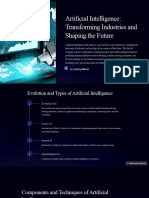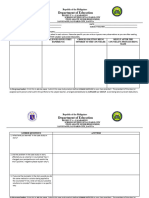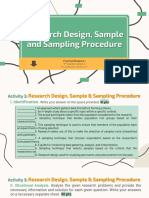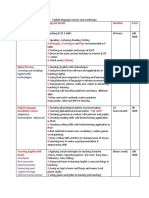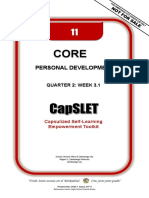0% found this document useful (0 votes)
39 views11 pagesDecoding AI A Comprehensive Overview
Artificial Intelligence (AI) simulates human intelligence and encompasses key disciplines such as machine learning and natural language processing. Its historical evolution includes significant milestones from the Dartmouth Workshop in the 1950s to the rise of deep learning in the 2010s, with a projected economic impact of $13 trillion by 2030. The future of AI aims for Artificial General Intelligence (AGI) and emphasizes human-AI collaboration to address global challenges.
Uploaded by
srujanakamireddy08Copyright
© © All Rights Reserved
We take content rights seriously. If you suspect this is your content, claim it here.
Available Formats
Download as PPTX, PDF, TXT or read online on Scribd
0% found this document useful (0 votes)
39 views11 pagesDecoding AI A Comprehensive Overview
Artificial Intelligence (AI) simulates human intelligence and encompasses key disciplines such as machine learning and natural language processing. Its historical evolution includes significant milestones from the Dartmouth Workshop in the 1950s to the rise of deep learning in the 2010s, with a projected economic impact of $13 trillion by 2030. The future of AI aims for Artificial General Intelligence (AGI) and emphasizes human-AI collaboration to address global challenges.
Uploaded by
srujanakamireddy08Copyright
© © All Rights Reserved
We take content rights seriously. If you suspect this is your content, claim it here.
Available Formats
Download as PPTX, PDF, TXT or read online on Scribd
/ 11



































